
Setonix brachyurus
Short-tailed grey wallaby, short-tailed wallaby
The quokka (scientific name: Setonix brachyurus) is a marsupial mammal of th···

American bully pitbull
BULLY
The American Bully is a dog of the genus Canis, with a medium-length head an···

Maltese
Magic Fairy, Maltese Dog
Maltese (English name: Maltese) is also known as Magic Fairy and Maltese. It···

fur seal
Arctocephalinae
The fur seal is a mammal of the carnivorous order Sea Lion, subfamily Sealid···

Blue Heeler
Australian Queensland Heeler、Blue Heeler、Red Heeler
Australian Cattle Dog, also known as Cattle Dog for short, is also known as ···

Otodus megalodon
Carcharocles megalodon,Megalodon
Megalodon (scientific name: Carcharocles megalodon, Otodus megalodon), also ···

Boston Terrier
Boston Bull、Boston Bull Terrier、Boxwood, American Gentlemen
Boston Terrier (scientific name: Boston Terrier, alias: Boston Bull, Boston ···

Chinchilla
Chinchilladale,Chinchilla,South American Chinchilla, Woolly Mouse
Chinchilla, also known as chinchilla, chinchilla, chinchilla, woolly mouse, ···
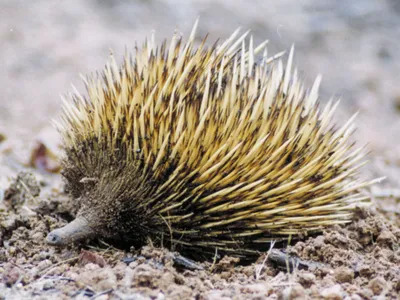
Tachyglossidae
Spiny Anteater
Echidna (Tachyglossidae), one of four peculiar egg-laying mammals found in A···
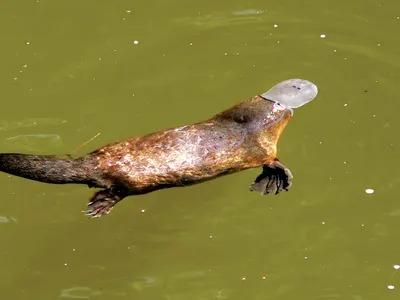
platypus
Ornithorhynchus anatinus
The platypus (Ornithorhynchus anatinus) is a small Australian amphibian mamm···
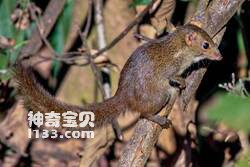
Tupaia belangeri
Tree shrew,Sino-Burmese tree shrew,northern tree shrew
The northern tree shrew (scientific name: Tupaia belangeri) is a tree shrew ···
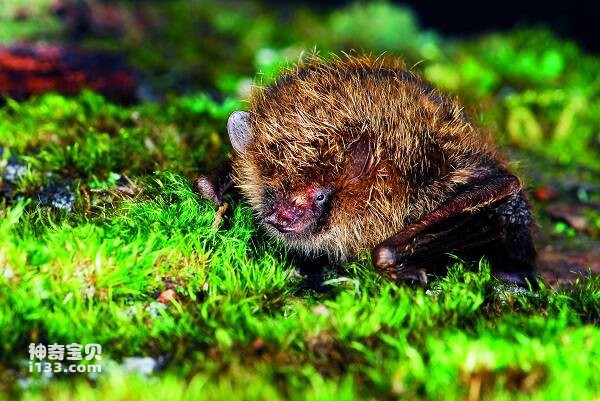
Harpiola isodon
Harpiola isodon
Small bat, distributed domestically in Taiwan and abroad in Vietnam. It is a···
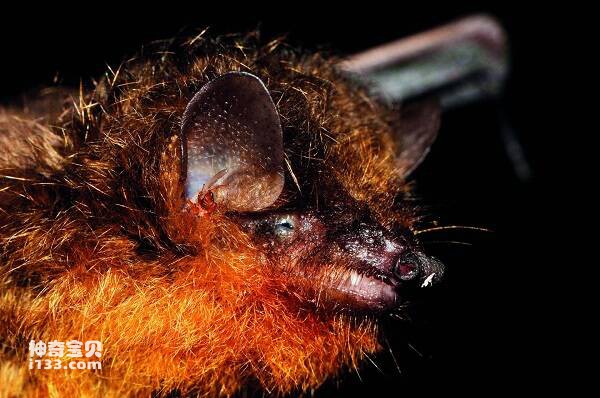
Murina shuipuensis
Murina shuipuensis
Shuifu tubnosed bat was described by Eger and Lim in 2011 based on a male sp···
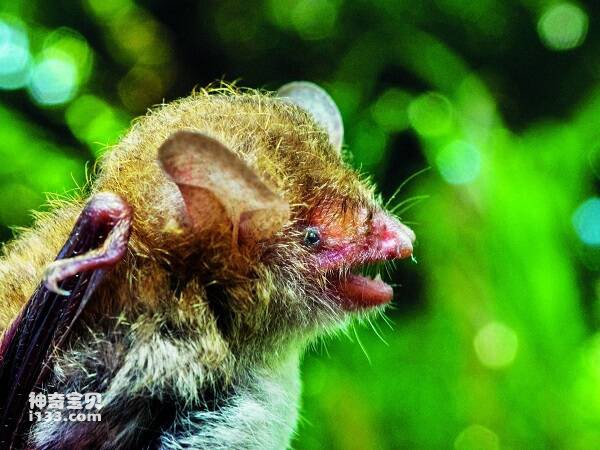
Murina recondita
Murina recondita
It is a relatively small bat distributed only in Taiwan. Typical nocturnal a···
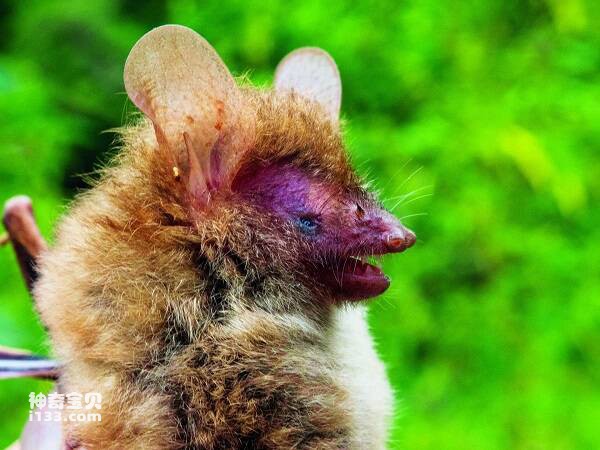
Murina puta
Murina puta
Formosan tubenosed bats are found only in Taiwan. Found using banana dead le···
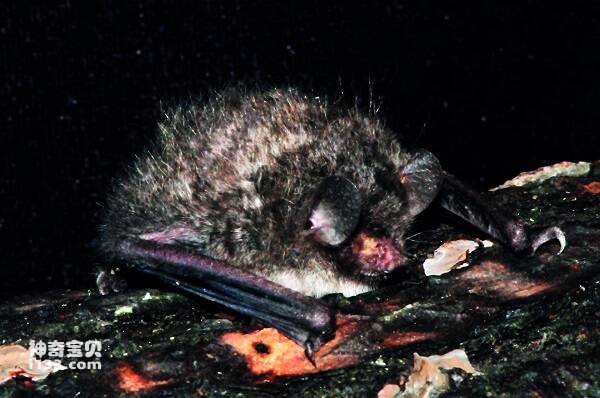
Murina jinchui
Murina jinchui
Jinchu tube-nosed bats are small in size and can be distinguished from North···
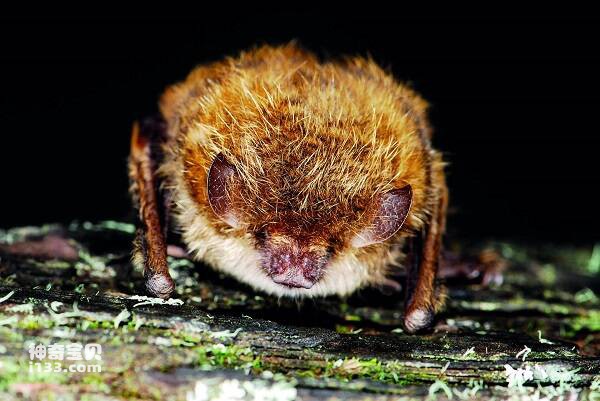
Murina gracilis
Murina gracilis
This species is endemic to China. It is only distributed in Taiwan. It is a ···

Murina feae
Murina feae
Tube-nosed bats are small, with forearms about 29mm long. The front end of t···
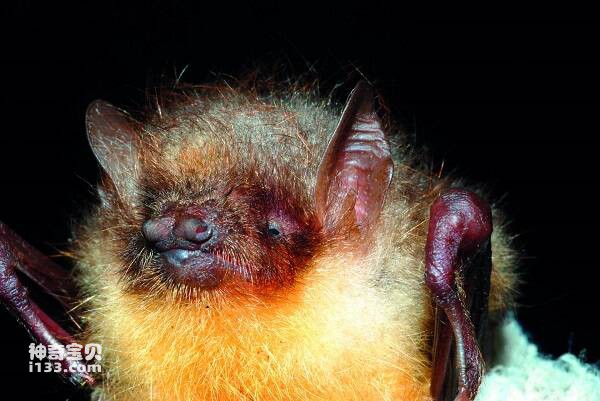
Murina fanjingshanensis
Murina fanjingshanensis
Fanjingshan Siphonophorus is similar to white-ventral and yellow-thorax siph···

Murina bicolor
Murina bicolor
The yellow-thorax bat is a medium-sized bat, which is a typical nocturnal an···

